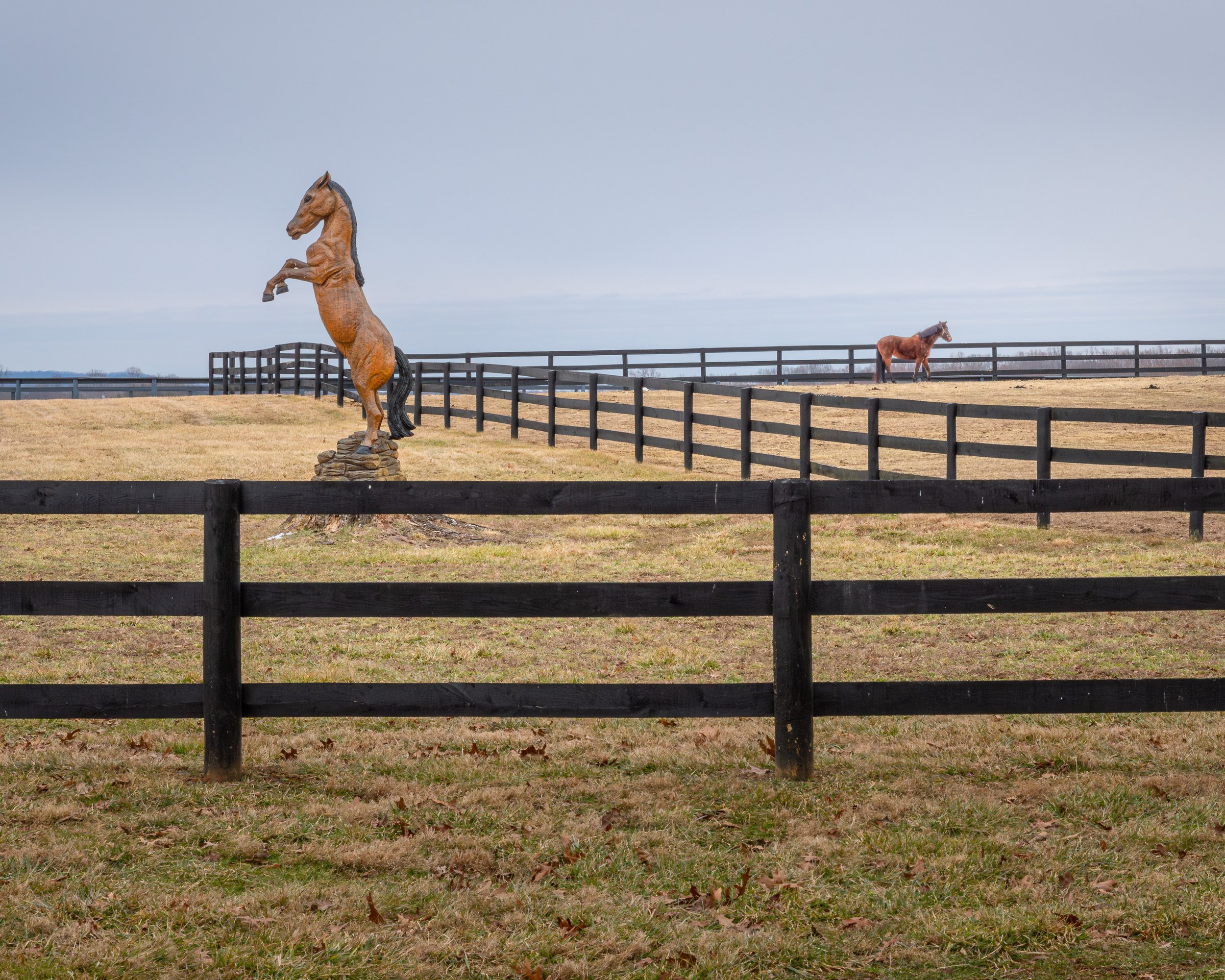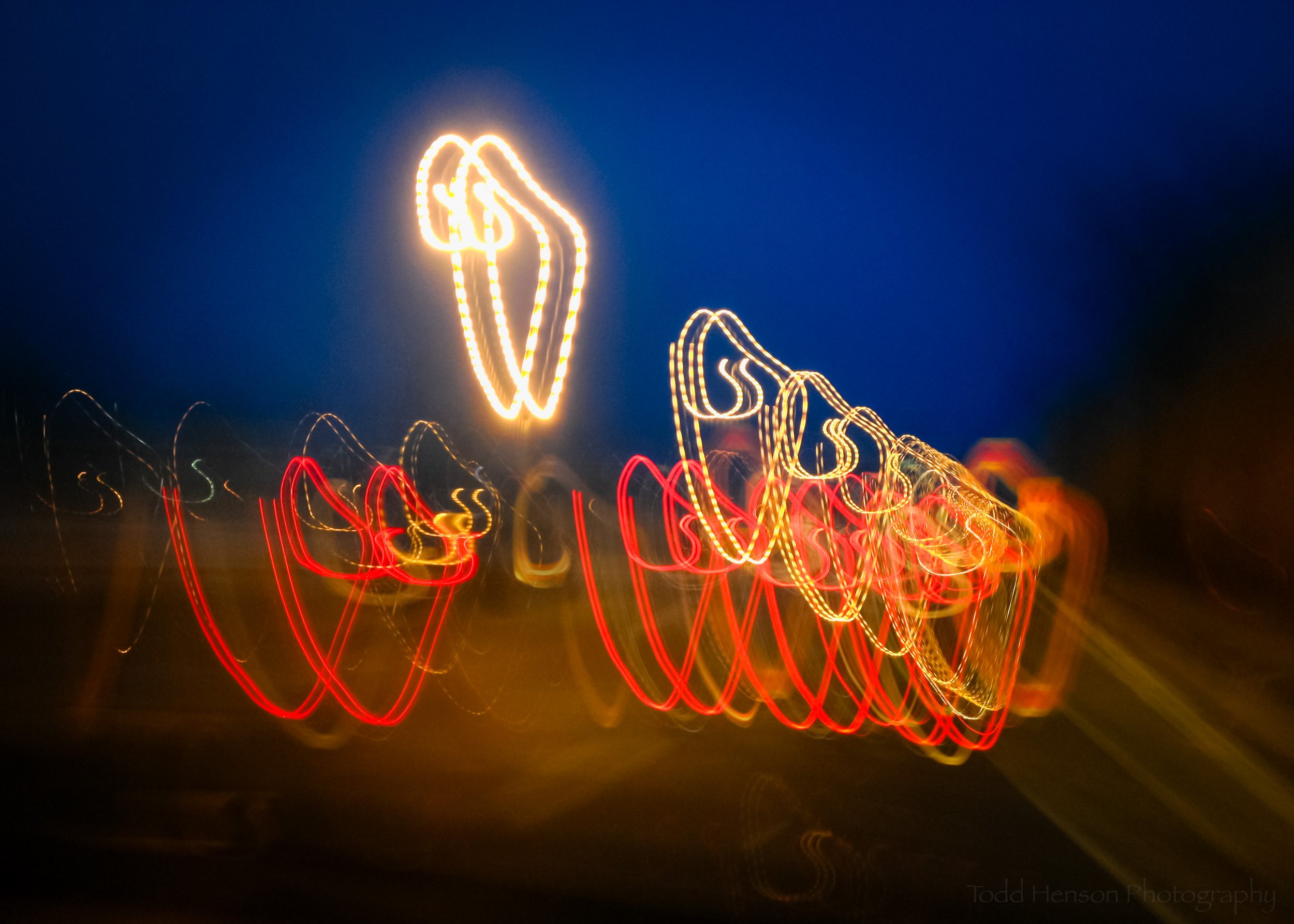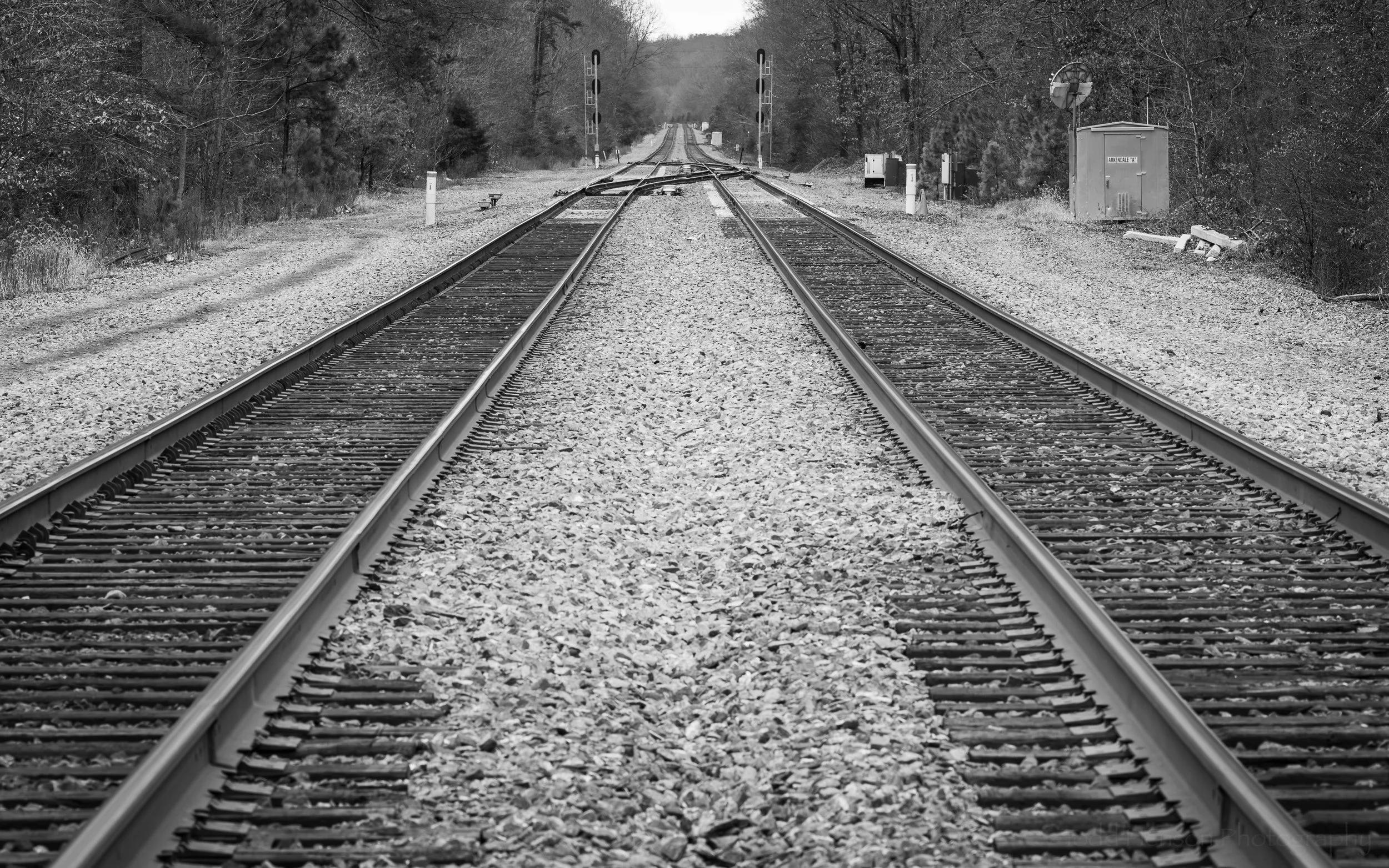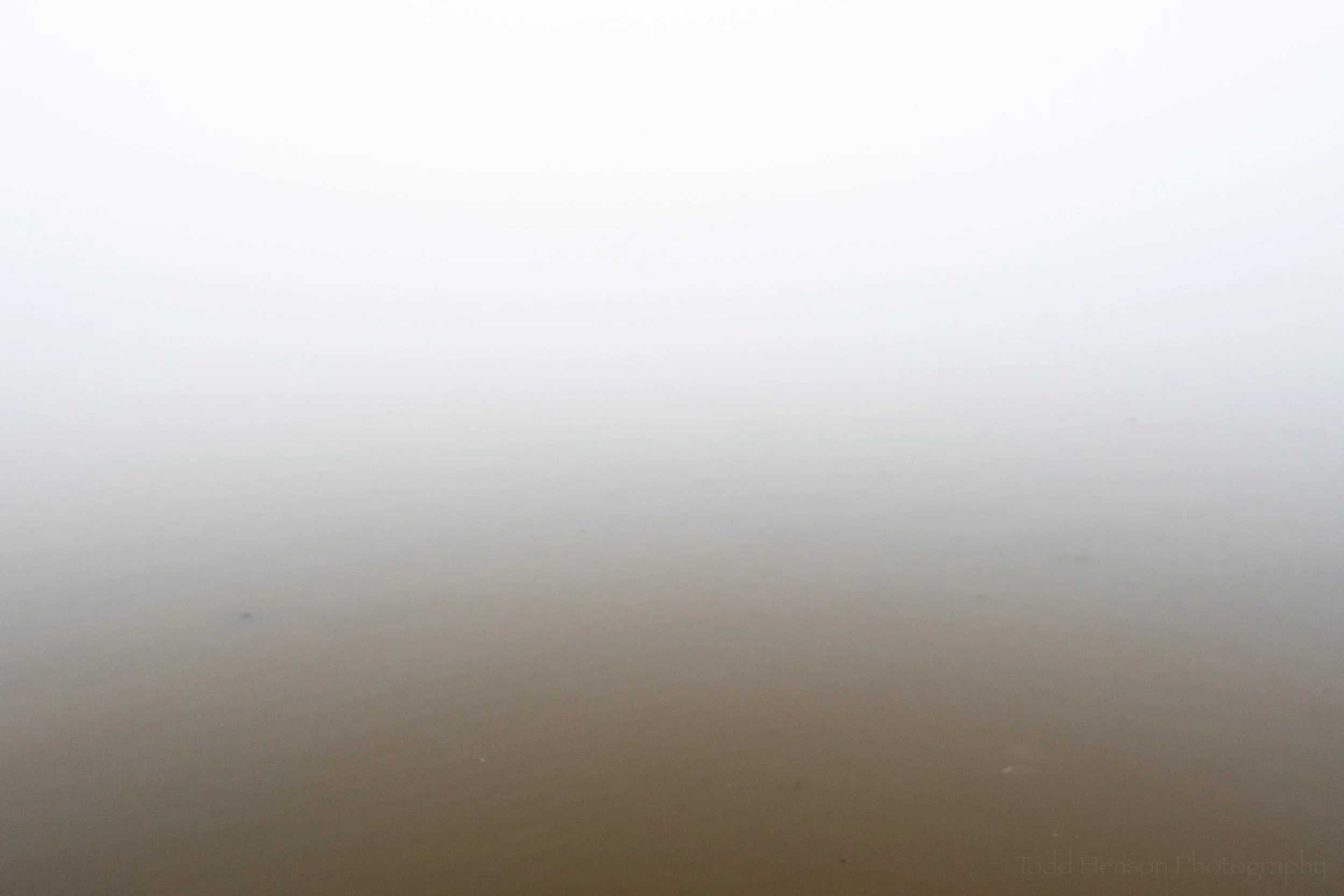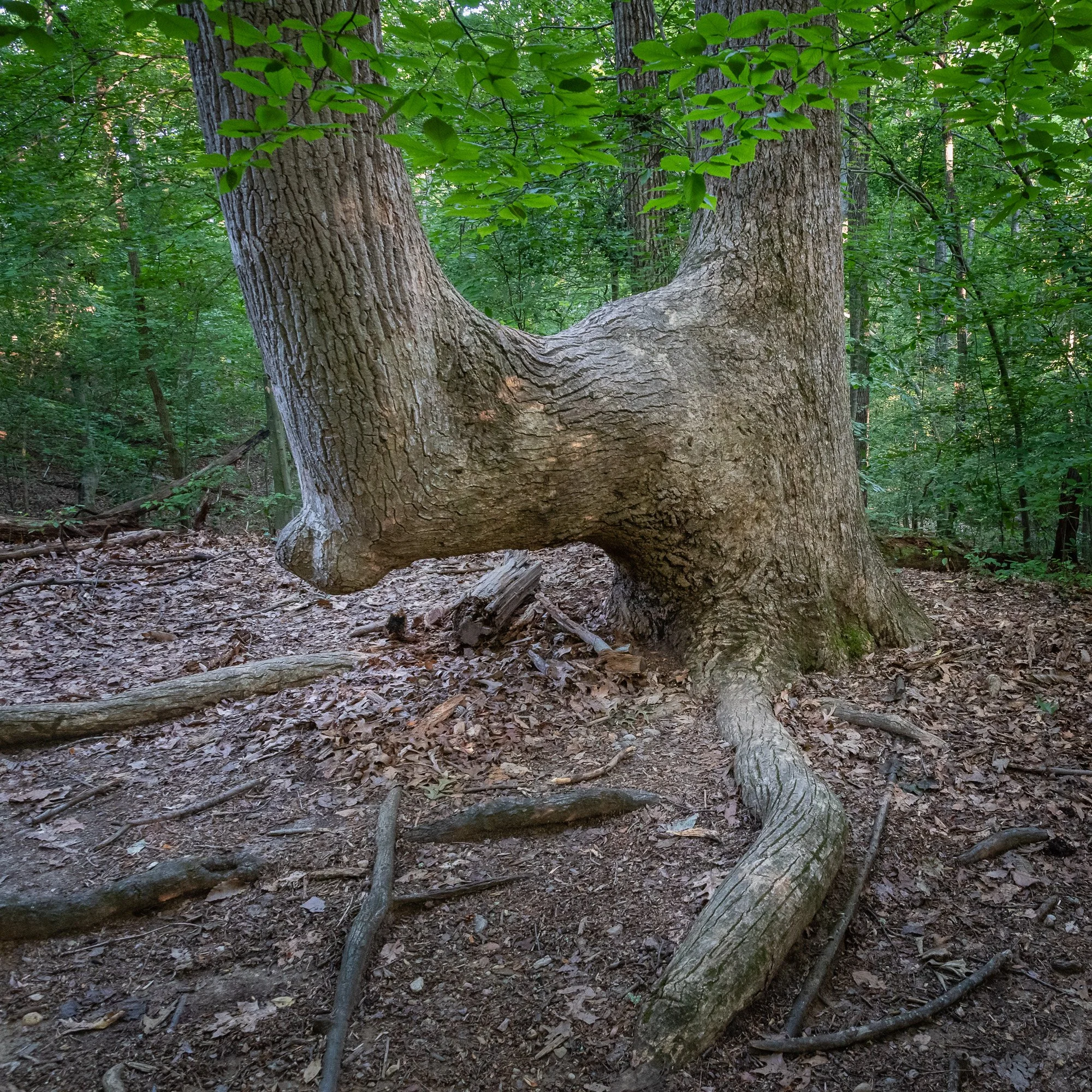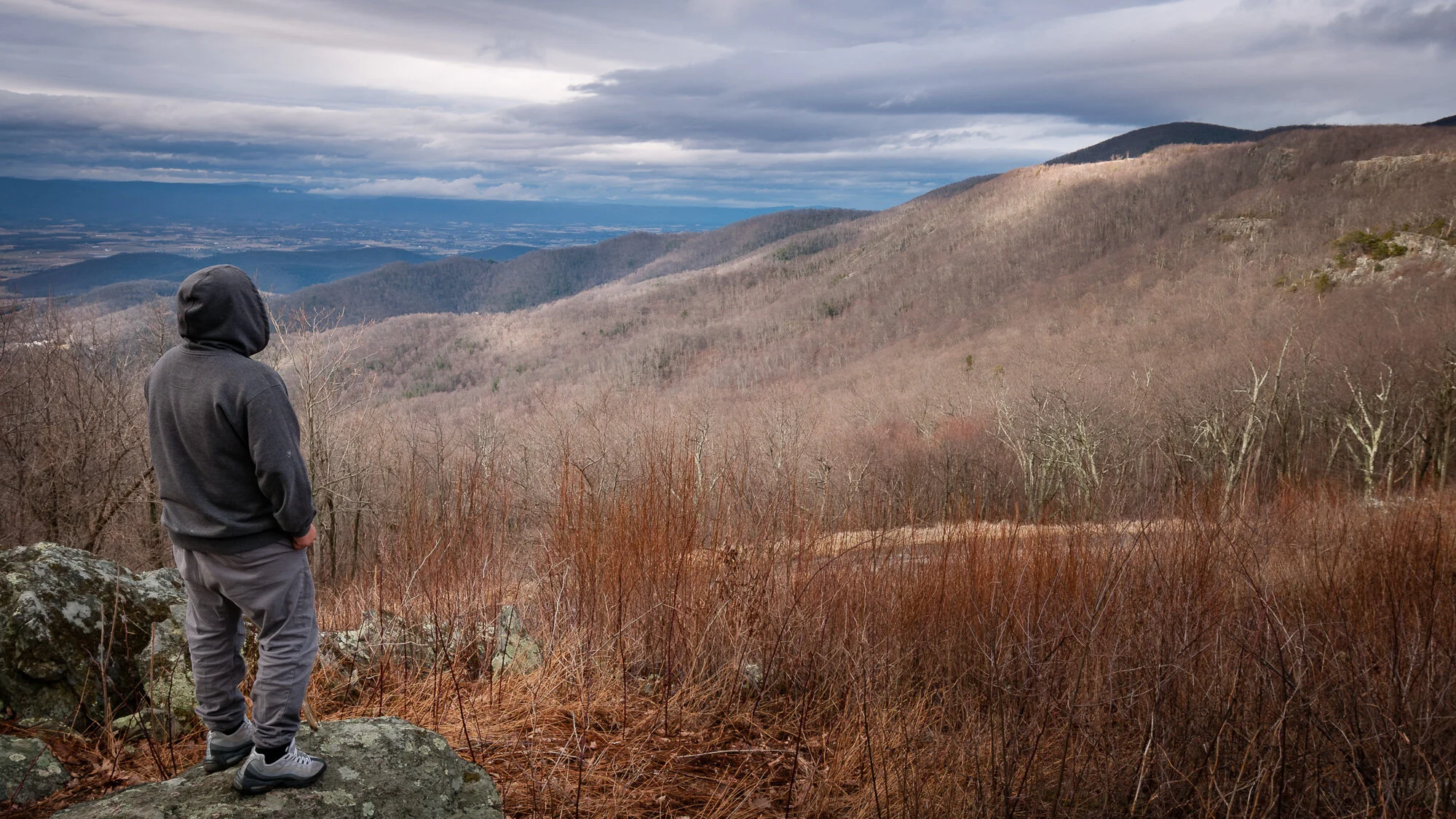Blue-gray Gnatcatcher building a nest. Keep a respectful distance when photographing or observing nesting behavior. Don't stay at the site very long. Don't disturb anything.
I love photography, and I love photographing wildlife in its own environment. But the photograph has to be secondary to the welfare of the animal. We can’t endanger or harasses an animal just to get a photograph. If we don’t respect and protect the wildlife we enjoy watching and photographing, we may lose the privilege, either because the parks we visit restrict access or because the wildlife moves off or dies off.
I've read several news reports over the last year about people mistreating wildlife, sometimes just to capture a selfie, but other times thinking they were helping. It's sad. I'm hopeful some of these people are just ignorant, they don't realize the damage they're doing. I’m hopeful over time they’ll learn and change their behavior. But I fear some people just callously don't care.
The most recent incident I’ve read about involved a mountain goat in Seward, Alaska. The goat entered a populated area, something that is apparently unusual. When it made its way to the harbor people were following it, trying to get pictures. They kept following it, giving it nowhere to go but towards the ocean. It jumped or fell into the ocean and drown. If people had not crowded it, if they weren’t so determined to get close and photograph it, perhaps it could have made it’s way back out of the populated area. And perhaps not, but at least it would have had a chance.
Earlier in the year a couple of tourists at Yellowstone National Park apparently saw a bison calf they felt looked cold, so they picked it up, put it in their truck, and drove it to the ranger station. The rangers brought the bison back and tried to reunite it with the herd, but the herd rejected it. They later euthanized the bison because, having been abandoned, it kept endangering itself and others by approaching tourists and cars. Though it does appear these tourists meant well, and it’s entirely possible the calf would have died anyway, they never should have approached the animal. If the mother had been nearby the tourists could have been attacked. And by interfering with the calf it is entirely possible they were responsible for the mother rejecting it. Wildlife doesn’t care whether we mean well.
There have been several reports of people picking up and taking home harbor seal pups along the U.S. northwest coastline, thinking they had been abandoned by their mothers, not realizing mothers often leave pups for long periods of time so they can hunt for food. Unfortunately, the pup sometimes dies as a result of what are often well-meaning, but ignorant people.
Perhaps some of these reports have left out important details. Perhaps, in some cases, animals are already dead when people approach them. Either way, in most cases they should be left alone. If people feel the need to try to help they should leave the animals where they are and contact organizations better suited to helping injured or abandoned animals. Contact an animal rescue group. If it’s on park land contact the park authorities.
I recall one instance of the correct way to help wildlife. A large osprey nest in a park fell from a tree with a mother and a couple chicks in the nest. The nest landed near a trail. One of the regular visitors of the park saw the fallen nest and osprey. Instead of approaching too close he called the park’s wildlife biologist, then waited by the nest to keep watch and assure no one else approached until the biologist arrived. If he had approached too close he could have been injured, as osprey have very sharp talons and beaks. Or one of the birds could have become agitated by the approach and injured itself. When I happened to arrive at this part of the park the biologist was putting the injured osprey in her truck. She was taking them to a raptor rehabilitation facility. From what I heard later the mother and one of the chicks recovered enough to be released back into the wild.
If you’re new to watching and photographing wildlife, please learn from these examples. Don’t approach wildlife too closely. Don’t harass animals. Don’t feed them or attempt to touch them. Watch from a distance. Observe the behavior of the animal. You can tell if an animal is ok with you being there. If it becomes agitated, if it tries to move away from you, then you’re too close. Move away, perhaps leave and come back another day. You know you’re observing wildlife correctly when the animals seem to completely ignore you. I’ve been in situations where the wildlife I was observing lay down and went to sleep right in front of me. I love those moments!
Young sleeping fox. Don't get too close. Don't try to touch or pet wildlife, no matter how cute they appear.
By all means, go out into nature, observe and photograph wildlife. But realize it's a privilege to be this close to wildlife, a privilege than can be taken away or destroyed if we misuse it. Learn to respect the wildlife. Learn to care more about the wildlife than the photograph. Then when you view or capture a beautiful wildlife moment it will have even more meaning.
Do you enjoy these posts?
Sign up to receive periodic emails with updates and thoughts. Don’t worry, I won’t spam you. And please consider purchasing artwork or products from my online store, and using my affiliate links in the sidebar to the right when shopping online.
I appreciate your support!
